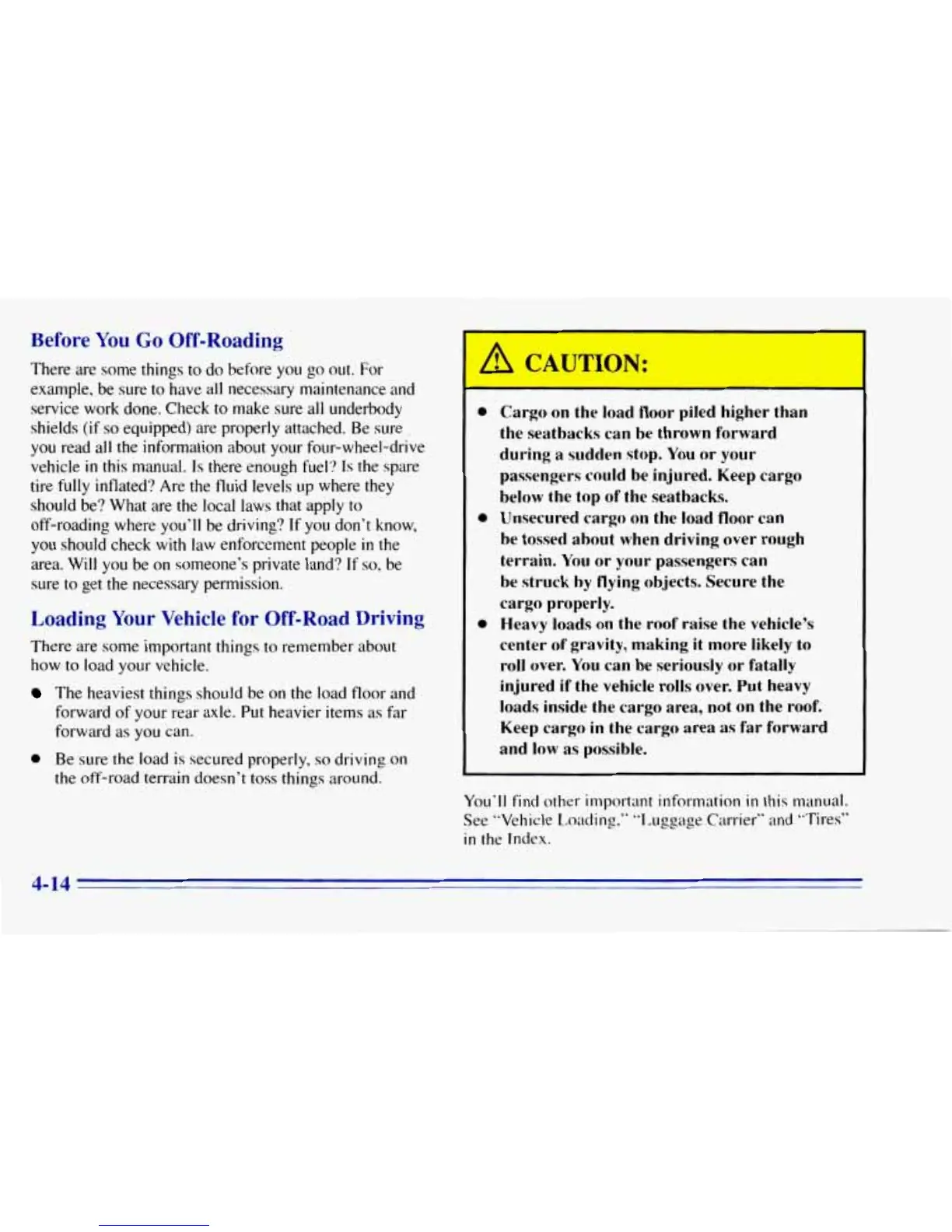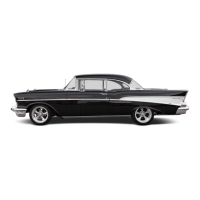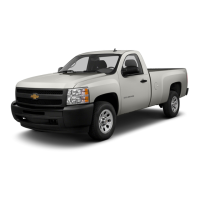Before You
Go
Off-Roading
There are some things to do before
you
go
out. For
example, be sure to have all necessary maintenance and
service work done. Check
to
make sure all underbody
shields
(if
so
equipped) are properly attached. Be sure
~
you read
all
the information about your four-wheel-drive
vehicle
in
this
manual.
Is
there enough fuel?
Is
the spare
tire fully inflated? Are the fluid levels up where
they
should be? What are the local laws that apply
to
off-roading where you’ll be driving?
If
you
don’t know,
you
should check with law enforcement people
in
the
area.
Will
you be on someone’s private land?
If
so,
be
sure
to
get the necessary permission.
Loading Your Vehicle
for
Off-Road Driving
There are some important things
to
remember about
how
to
load
your
vehicle.
The heaviest things should be
on
the
load floor and
forward
of
your rear axle. Put heavier items
as
far
forward
as
you
can.
0
0
0
Cargo on the load floor piled higher than
the seatbacks can be thrown forward
during
a
sudden stop. Yon or your
passengers could be injured. Keep cargo
below the tap of the seatbacks.
Unsecured cargo
on
the load floor
can
be tossed about when driving over rough
terrain. You
or
your passengers
can
be struck by flying objects. Secure the
cargo properly.
Heavy loads on the roof raise
the
vehicle’s
center of gravity, making
it
more likely to
roll over. You can be seriously or fatally
injured
if
the vehicle rolls over. Put heavy
loads inside the cargo area, not on the roof.
Keep cargo
in
the cargo area as far forward
and low as possible.
0
Be sure
the
load is secured properly,
so
driving on
the
off-road terrain doesn’t
toss
things around.
You’ll find other important information
in
this manual.
See “Vehicle L,oading.” “1,uggage Carrier” and “Tires”
in
the Index.
4-14

